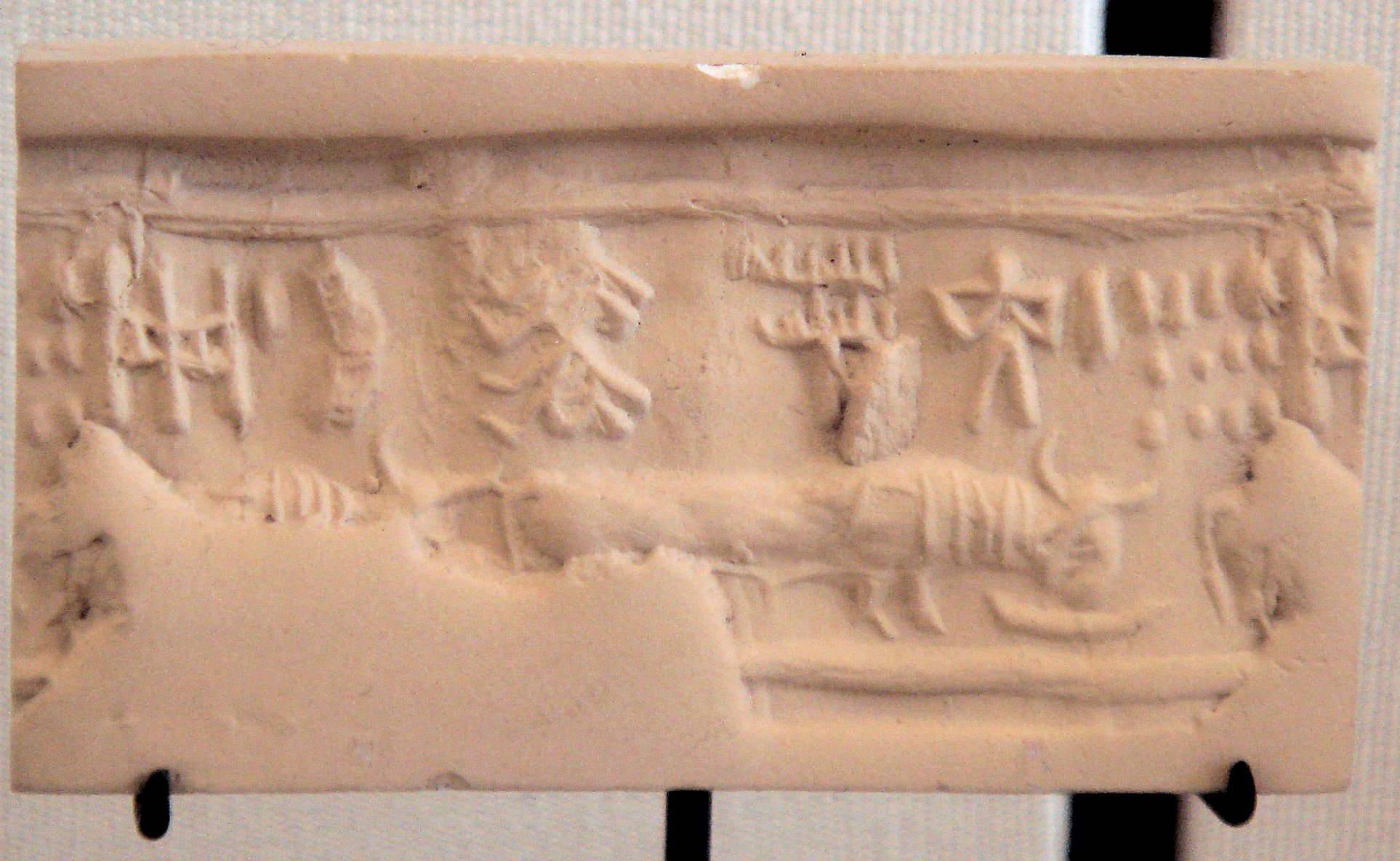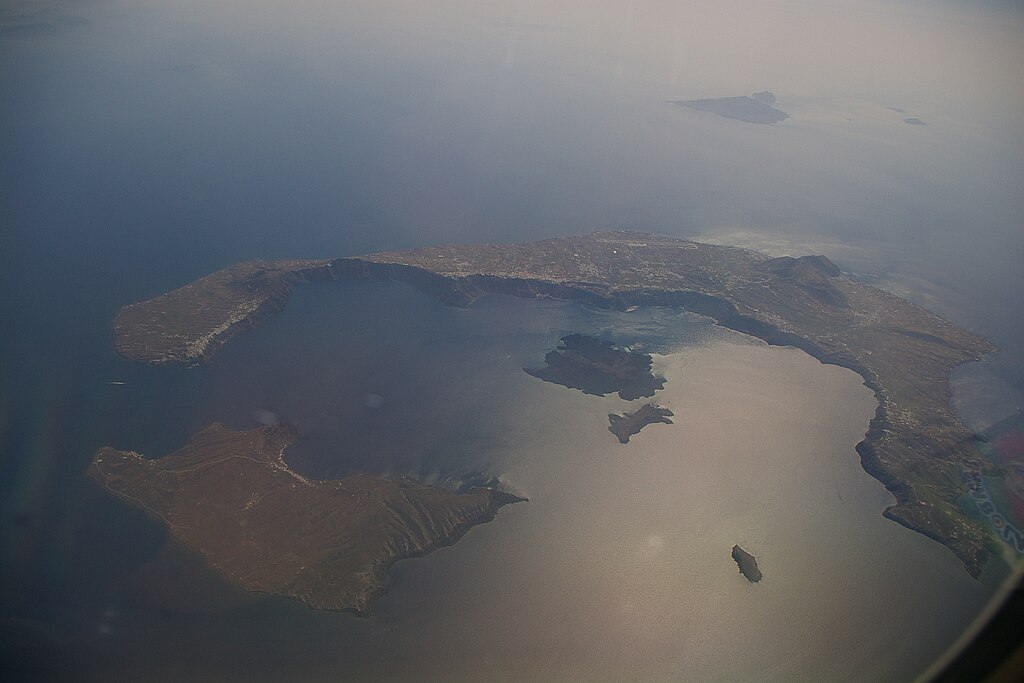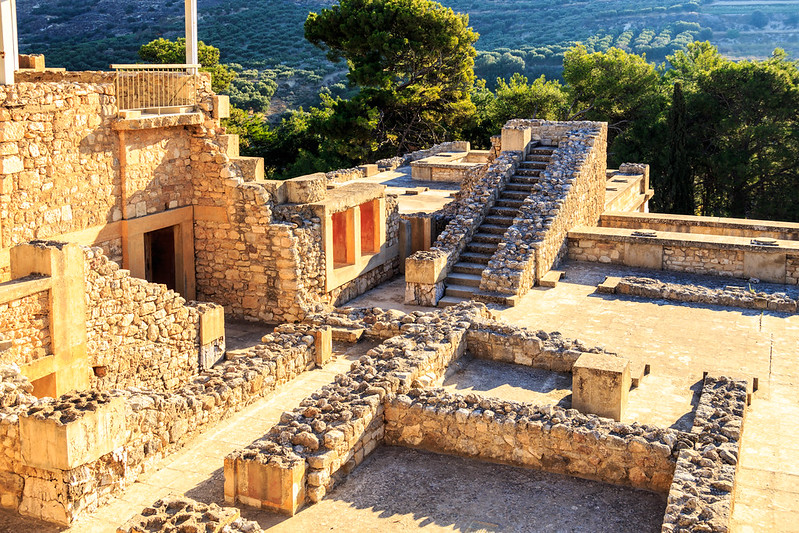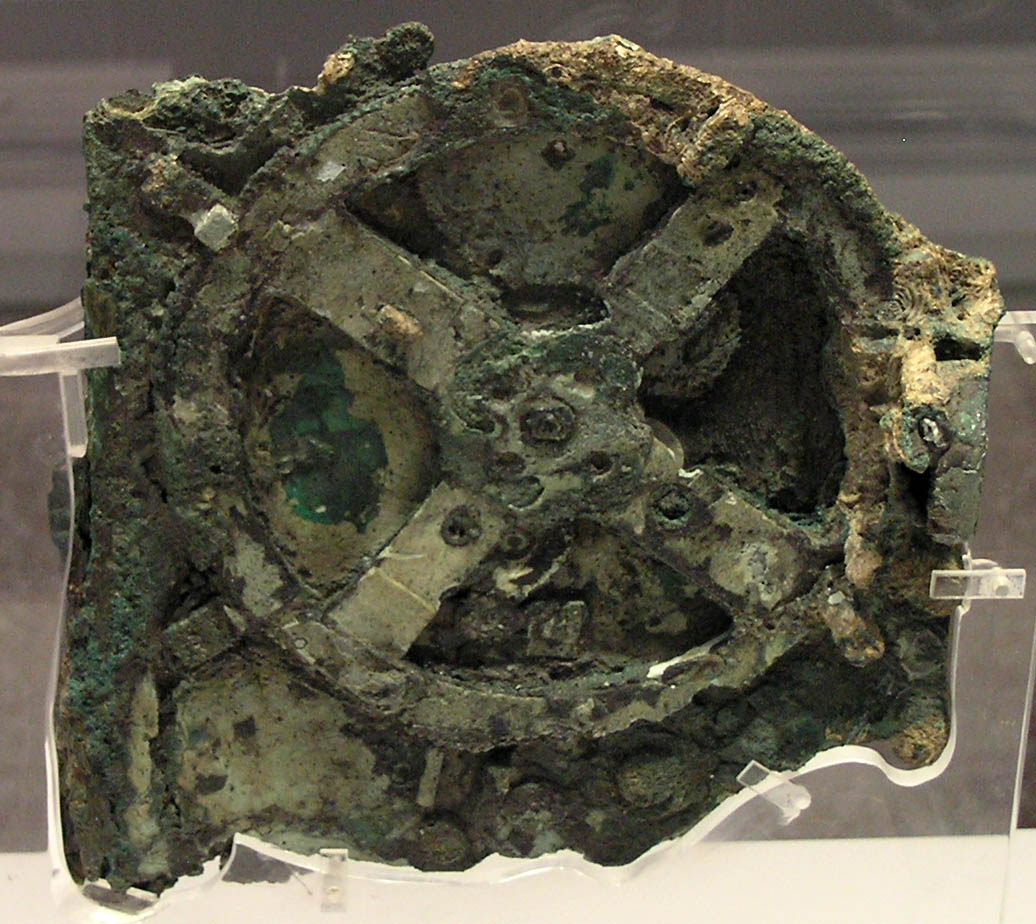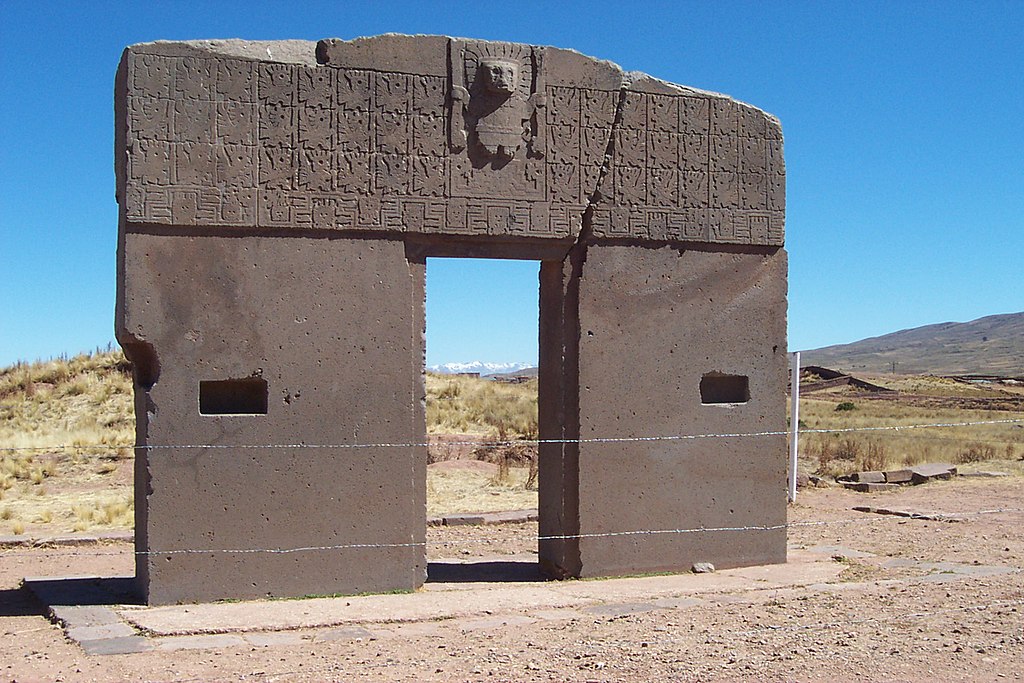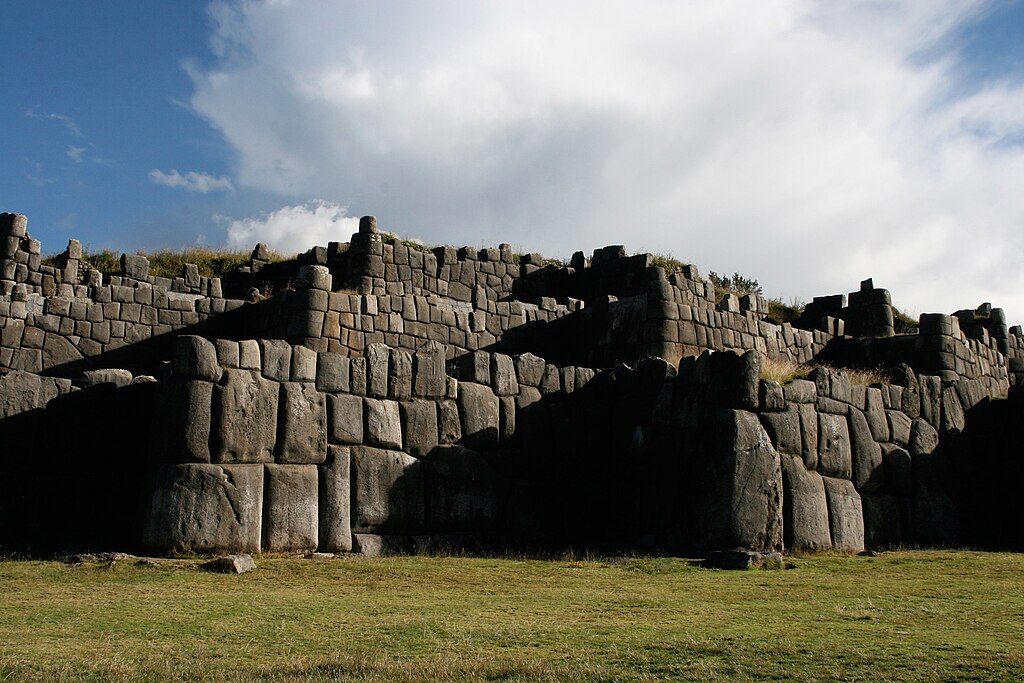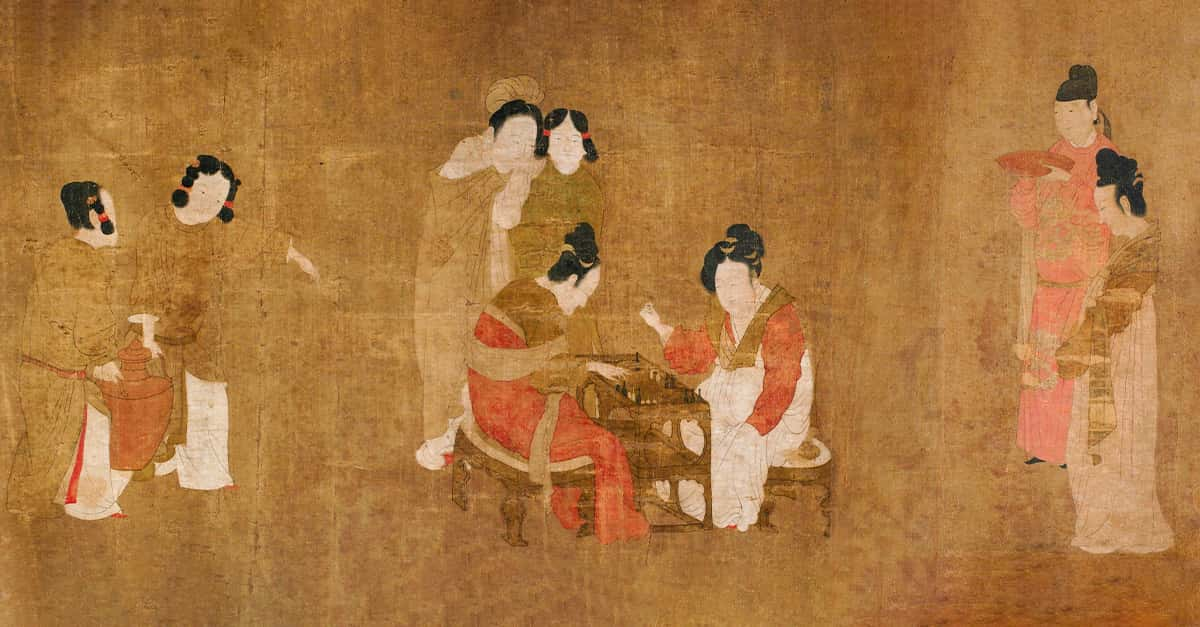The search is on
The human fascination with lost civilizations is stronger than ever. Despite impressive achievements in engineering and art, much of ancient life and beliefs remain unknown. Archaeologists and historians strive to unravel these mysteries, shedding light on their legacies and improving our understanding of human history.
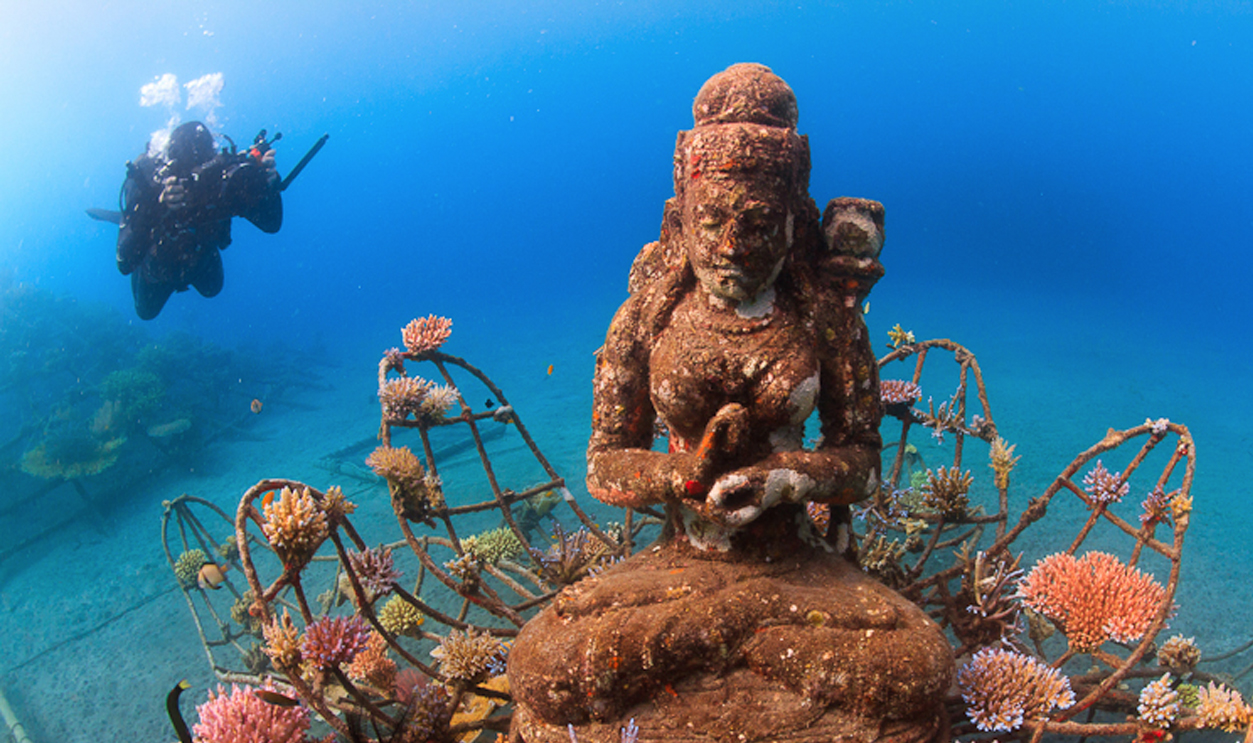
The Great Pyramids
The mystery of the Great Pyramids of Egypt lies in their massive scale, precision, and ancient Egyptian technological achievements from over 4,500 years ago. The techniques used to move and raise massive limestone blocks, their alignment with astronomical events, and their cultural significance as royal tombs continue to spark curiosity.
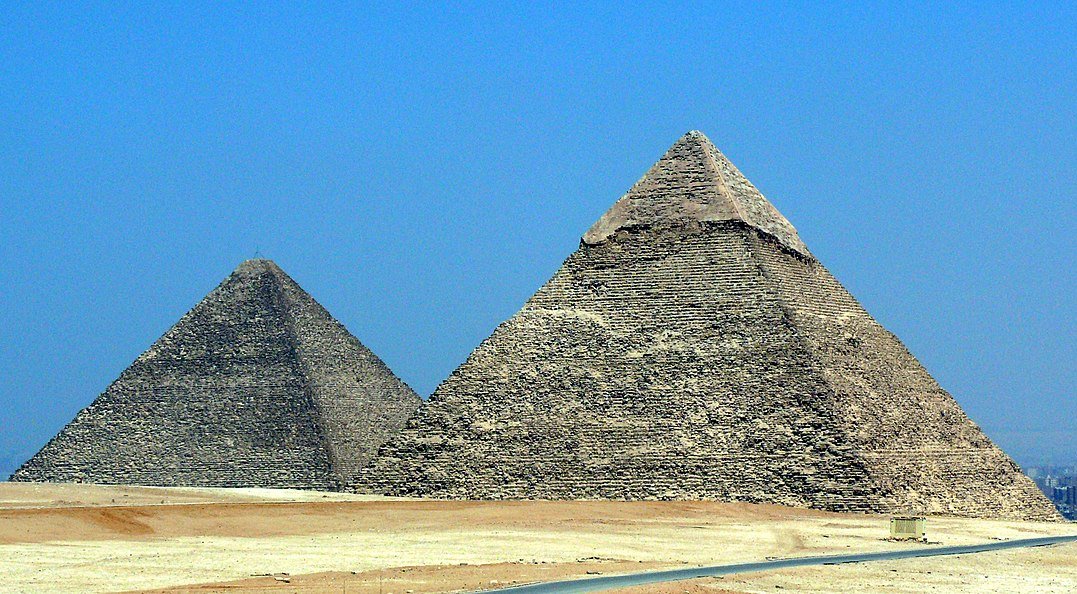 Ad Meskens, CC BY-SA 3.0, Wikimedia Commons
Ad Meskens, CC BY-SA 3.0, Wikimedia Commons
The mystery of Stonehenge
Stonehenge is believed to be an ancient temple aligned with the sun. It has generated numerous theories about its origin, possibly serving as a symbol of ritual sites in Britain and Ireland. Historians believe it was dedicated to honoring ancestors and important calendar events for over 1,500 years.
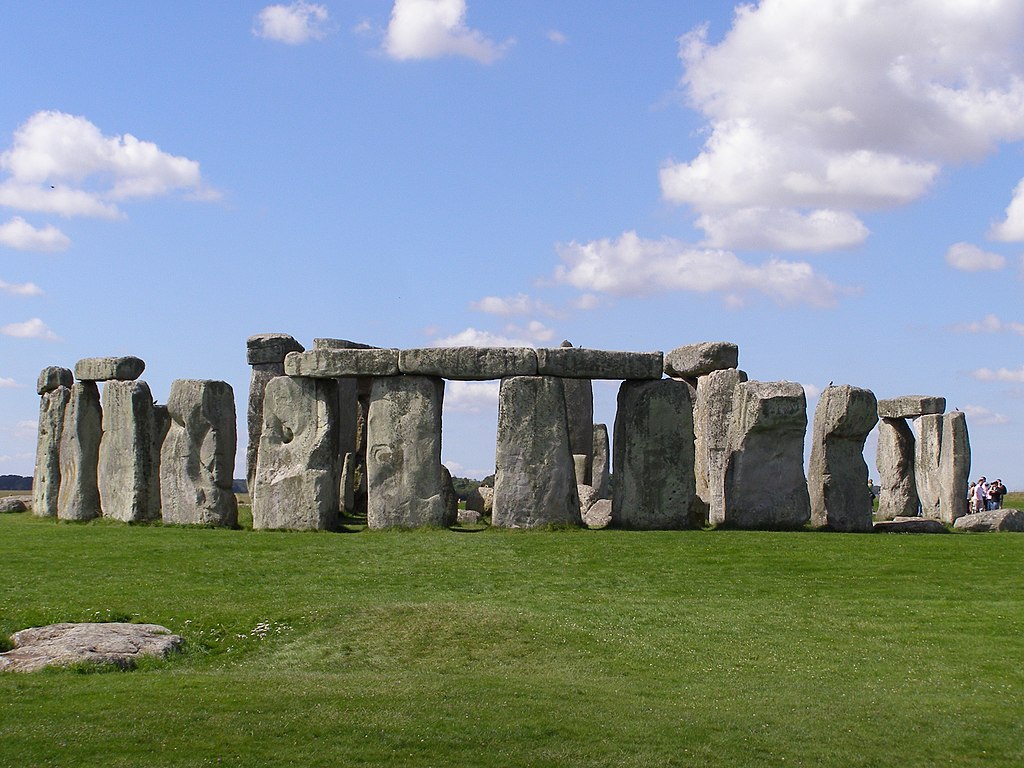 garethwiscombe, CC BY 2.0, Wikimedia Commons
garethwiscombe, CC BY 2.0, Wikimedia Commons
The Nazca Lines of Peru
The Nazca Lines in Peru are mysterious massive drawings of animals, geometric forms, and figures created in the desert centuries ago. How they were created and what they represent remain unknown, with theories ranging from religious rituals to star observation.
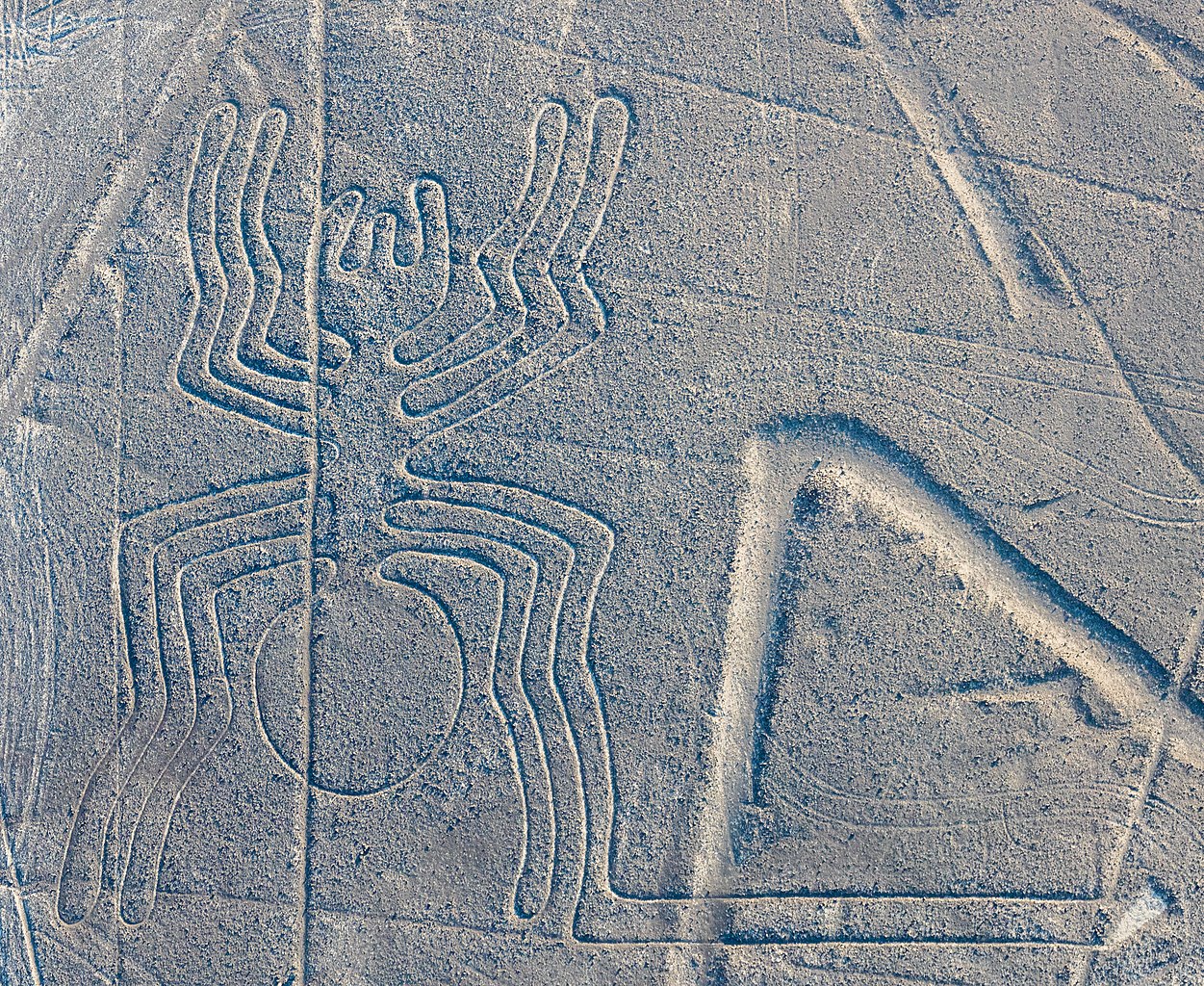 Diego Delso, CC BY-SA 4.0, Wikimedia Commons
Diego Delso, CC BY-SA 4.0, Wikimedia Commons
The Moai statues of Easter Island
The true purpose of the Moai statues of Easter Island is unknown, but some theories have been put forth. The massive statues are called Moai Aringa Ora, meaning “living face of our ancestors.” It’s believed that they were built to honor deceased kings and harness their energy, known as mana, to protect the island and ensure fertility.
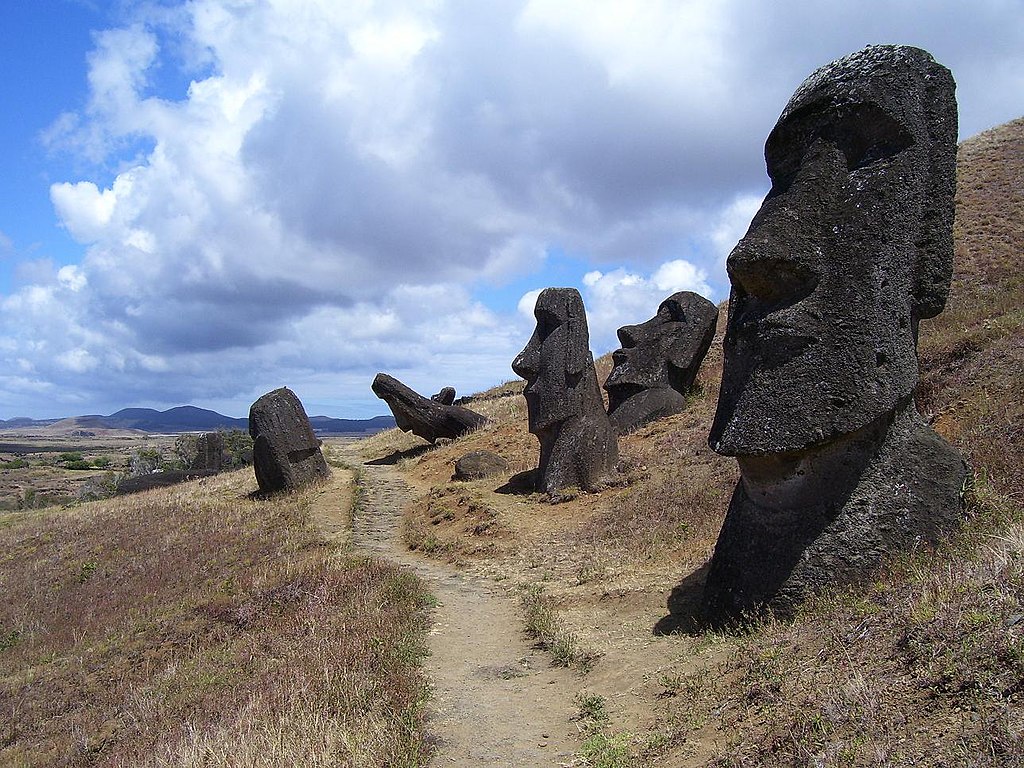 Horacio_Fernandez, CC BY 3.0, Wikimedia Commons
Horacio_Fernandez, CC BY 3.0, Wikimedia Commons
The Indus Valley script
The Indus civilization's undeciphered scripts were found on seals, tablets, and metal. Deciphering the script could lead to understanding this ancient civilization better, but it has proved challenging. Some suggest a link to Sanskrit or Dravidian languages in India, while others fear political implications such as supporting Hindu nationalist beliefs.
The location of Atlantis
Plato's story of Atlantis has sparked numerous theories about its real origins. Investigators have used Plato's detailed description to focus on the Mediterranean and Atlantic regions as potential locations. Some have suggested Santorini, Sardinia, or Cyprus as possibilities.
The Great Sphinx of Giza
The Great Sphinx remains a mysterious symbol in Egyptian history, with its purpose still debated. Made of limestone and sandstone, it stands 66 feet tall and 241 feet long. Theories suggest it may have been a protector of nearby tombs or temples, depicting either Khafre or a deity like Horus or Ra. Others believe it was aligned astrologically with celestial bodies.
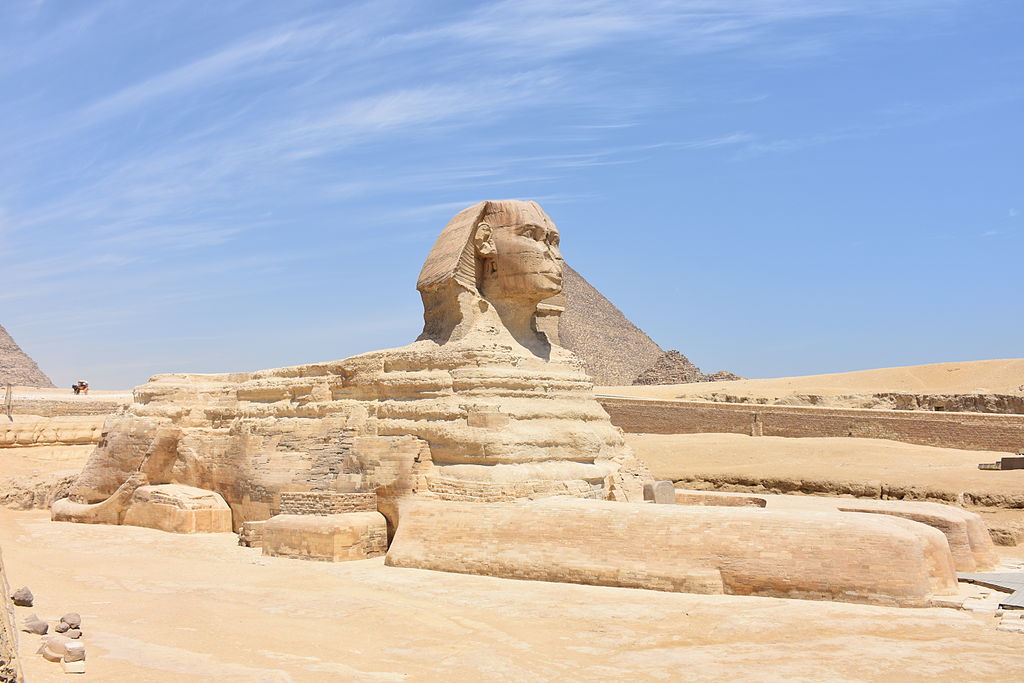 MusikAnimal, CC BY-SA 3.0, Wikimedia Commons
MusikAnimal, CC BY-SA 3.0, Wikimedia Commons
The Minoan labyrinth
Historians have long debated the existence of the Minoan labyrinth associated with the fearsome Minotaur, a foe of Heracles. The Palace of Knossos near Heraklion, which is believed to have contained the maze, was constructed around 1950 BCE—however, no definitive proof exists of the maze or the Minotaur's existence.

History's most fascinating stories and darkest secrets, delivered to your inbox daily.
The rock city of Petra
Petra in Jordan is shrouded in mystery. It’s essentially an ancient city that was sculpted into red rock cliffs over 2,000 years ago. Constructed by the Nabateans, the impressive structures have intrigued historians who debate over its unknown building methods. Apart from its construction, the reason for the city's abandonment is also still unanswered.
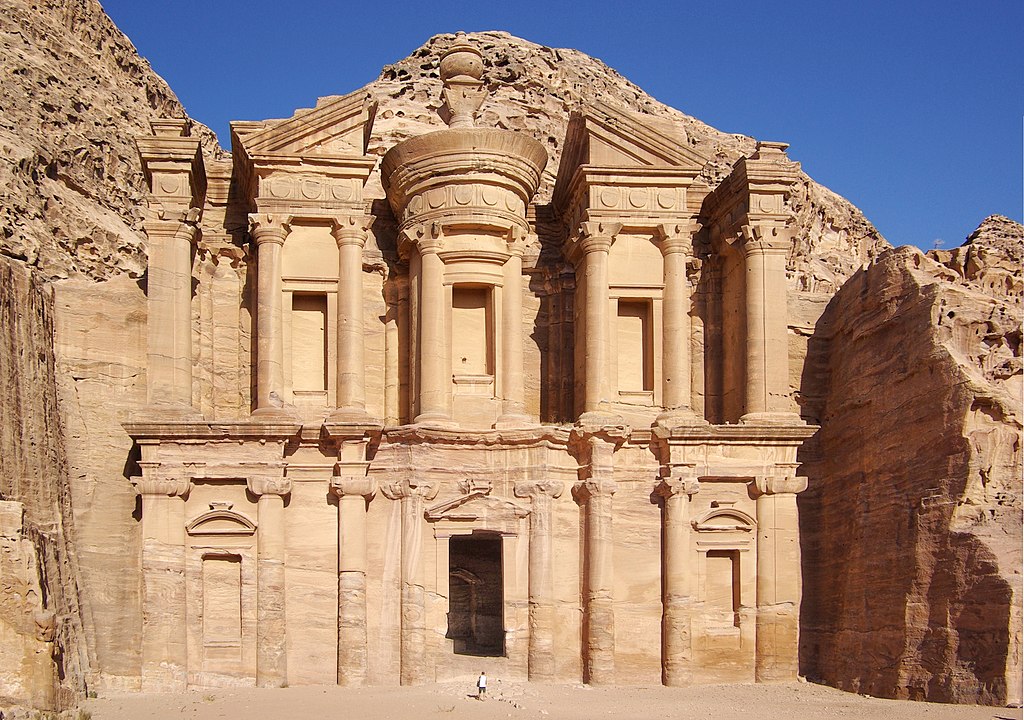 Berthold Werner, Wikimedia Commons
Berthold Werner, Wikimedia Commons
The lost Maya civilization
The Maya civilization remains a mystery due to the abrupt desertion of their cities around 900 AD. Despite their advanced achievements in astronomy and writing, the reason for their mass exodus from the jungle cities remains unknown. Theories suggest factors like warfare, disease, or drought, but the true cause remains undetermined.
 John Romkey, CC BY 2.0, Wikimedia Commons
John Romkey, CC BY 2.0, Wikimedia Commons
The build of Puma Punka in Bolivia
Puma Punku is a revered site located in the jungles of Bolivia. Historians date the city back to 500 to 600 C.E, with advanced stone structures prompting speculation on ancient technology. Tiwanaku, where it’s located, is significant in Inca beliefs. Heavy megaliths with precise cuts and fitting joints stand in ruins, leaving researchers puzzled by how such heavy stones were moved.
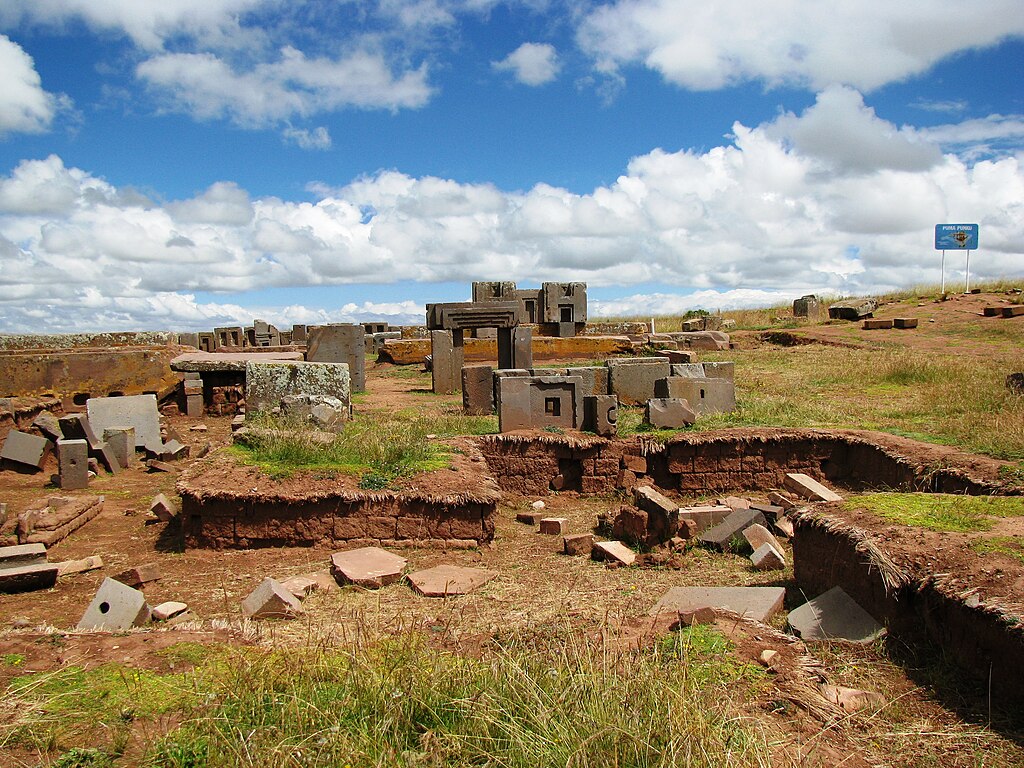 Brattarb, CC BY-SA 3.0, Wikimedia Commons
Brattarb, CC BY-SA 3.0, Wikimedia Commons
The underwater city of Dwarka
The city of Dwarka in India has historical and mythological significance in Hindu culture. It was believed to have been built by the deity Krishna and eventually sank beneath the Arabian Sea after his departure. Amidst continuing debates on the city's decline, archaeological expeditions continue to explore the mystery of Dwarka's existence and disappearance underwater.
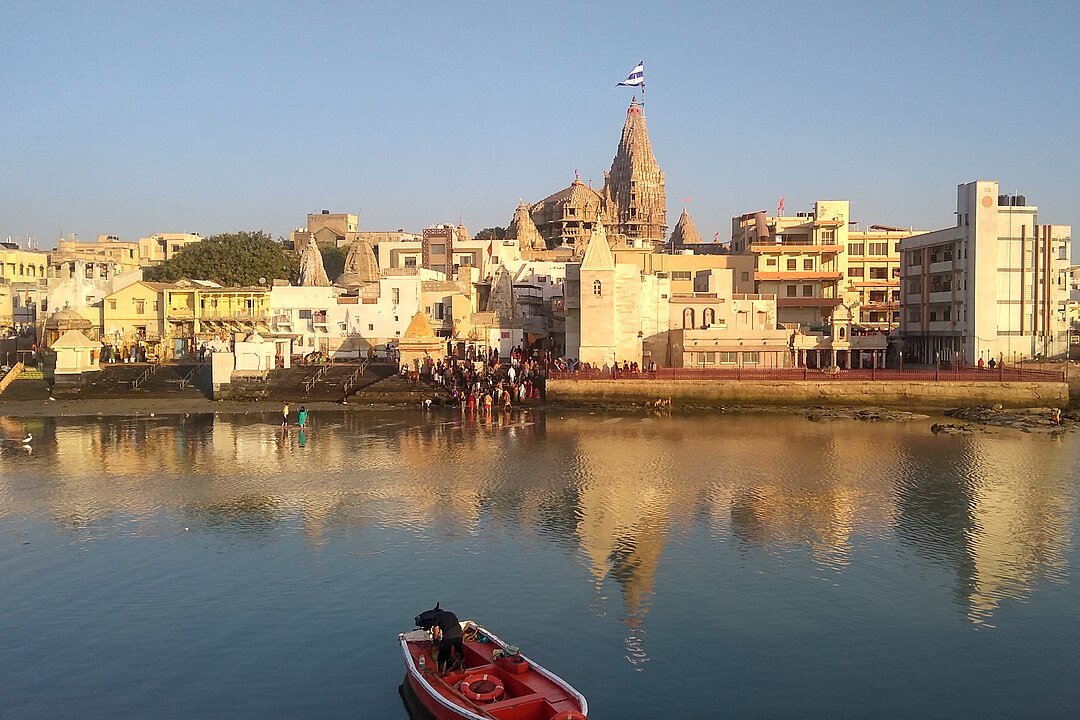 Kridha20, CC BY-SA 4.0, Wikimedia Commons
Kridha20, CC BY-SA 4.0, Wikimedia Commons
The Hanging Gardens of Babylon
Uncertainty surrounds the existence of the Hanging Gardens of Babylon. King Nebuchadnezzar II allegedly built them for his wife, with lush plants and trees on high terraces. Despite historic writings depicting them as a Wonder of the Ancient World, no tangible proof has been found.
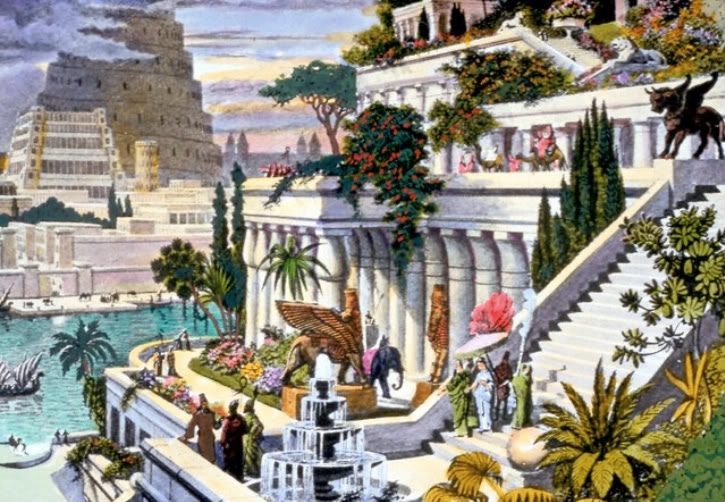 Unknown Author, Wikimedia Commons
Unknown Author, Wikimedia Commons
The Voynich Manuscript
The Voynich Manuscript is an intriguing fifteenth-century codex. It’s considered the most mysterious book globally, written in an unknown script by an unknown author. Discovered in 1912 by Wilfrid Voynich, it has a murky past, including being in Rudolf II's library and sold secretly by the Society of Jesus in 1903. To this day, its writings and illustrations remain uncoded.
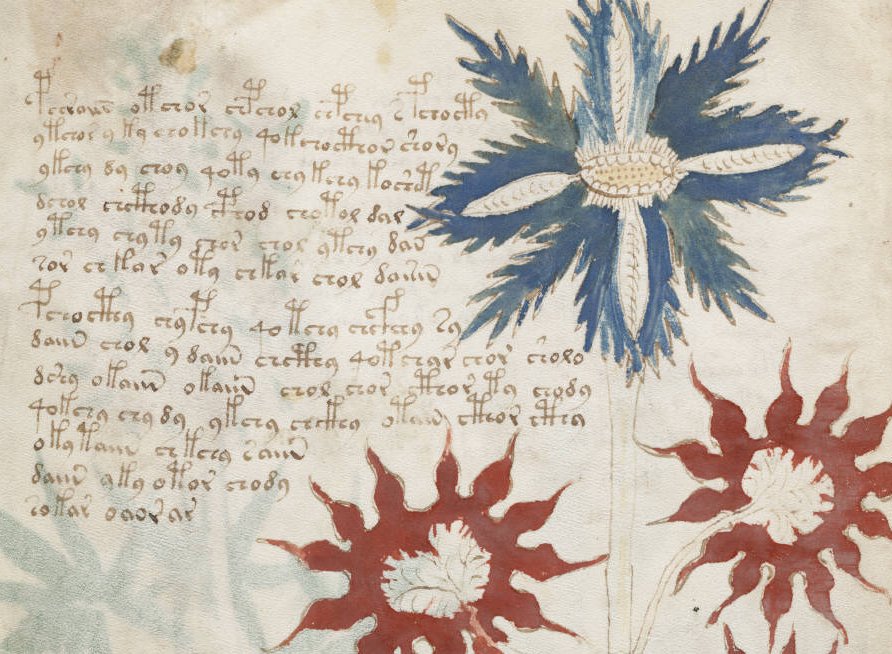 Unknown Author, Wikimedia Commons
Unknown Author, Wikimedia Commons
The Antikythera mechanism
The complex and advanced Antikythera mechanism is believed to be created by the ancient Greeks and continues to fascinate researchers due to its unknown purpose and advanced technology. Scholars believe it was used for predicting astronomical events, but more research is needed to confirm this.
The Lost City of Z
The Lost City of Z is a mysterious ancient city believed by explorer Percy Fawcett to be in the Amazon rainforest, filled with riches and modern structures. Fawcett disappeared in 1925 while searching for the city, sparking unsuccessful attempts to find it and solve the mystery of his unexplained vanishing.
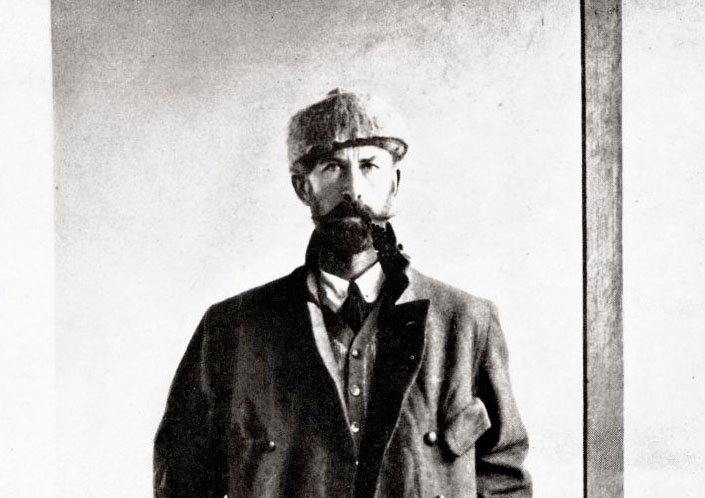 User Daniel Candido, Wikimedia Commons
User Daniel Candido, Wikimedia Commons
The legend of El Dorado
During the 16th and 17th centuries, Europeans searched for the legendary city of El Dorado in the New World, which was believed to be made of gold. The Spanish referred to a Muisca chief in Colombia as "El Hombre Dorado" or "El Rey Dorado," known for covering himself in gold dust. The pursuit of this treasure resulted in numerous tragic ends.
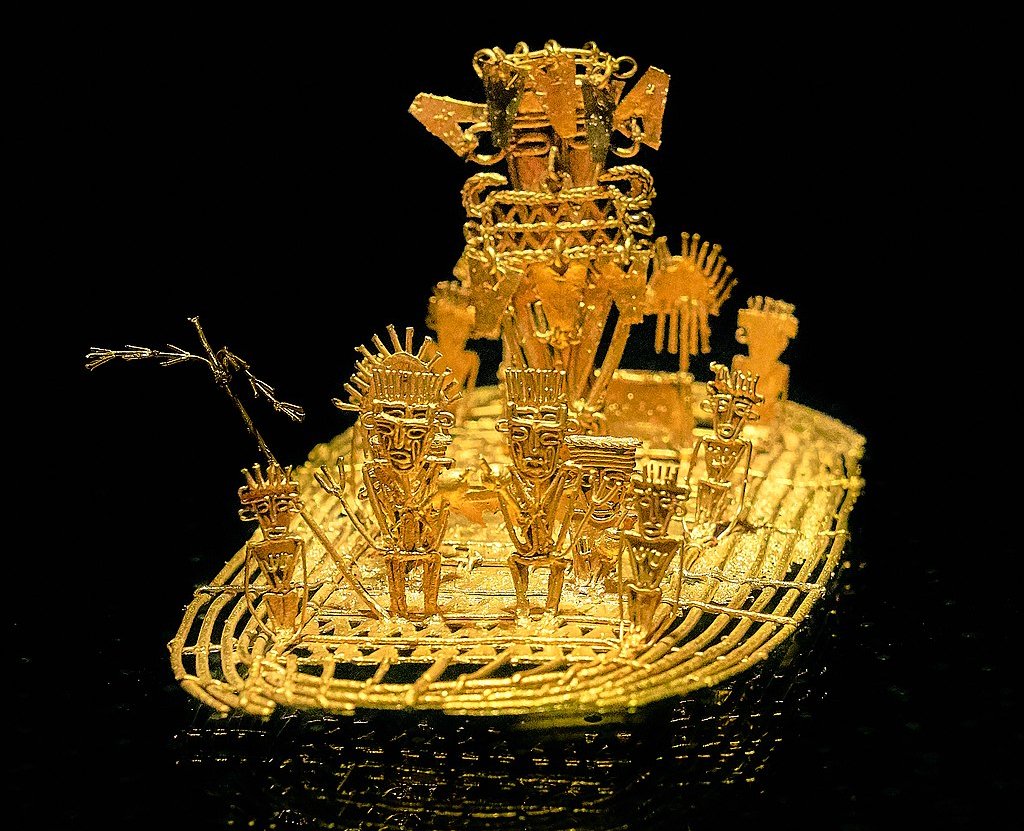 Pedro Szekely, CC BY-SA 2.0, Wikimedia Commons
Pedro Szekely, CC BY-SA 2.0, Wikimedia Commons
The Gate of the Sun at Tiwanaku
The Gate of the Sun is a single stone gateway at the Tiahuanaco site, built by the Tiwanaku civilization near Lake Titicaca in Bolivia from 500 to 950 AD. It stands approximately 9.8 feet high and 13 feet wide, made from a single 10-ton stone. The carvings on it are believed to have astronomical and calendrical significance, representing a shift from lunar to solar worship.
The megaliths of Sacsayhuamán
The massive stone walls at Sacsayhuamán in Peru remain a mystery as they were built by the Inca using giant stones exceeding 100 tons. These stones fit together perfectly without mortar, leaving questions on how the Inca managed to move and shape them with basic tools. The purpose of Sacsayhuamán, whether a fortress, sacred site, or both, is still unknown.
The giant stone heads of Olmec
The Olmec civilization in the Gulf Coast of Mexico created large stone head sculptures that are believed to represent rulers. Found in San Lorenzo and La Venta, 17 heads were carved from a single basalt rock. They were likely transported using river rafts and log rollers. The heads, up to three meters tall and eight tons, were once colored and symbolized the head as a container for the soul.
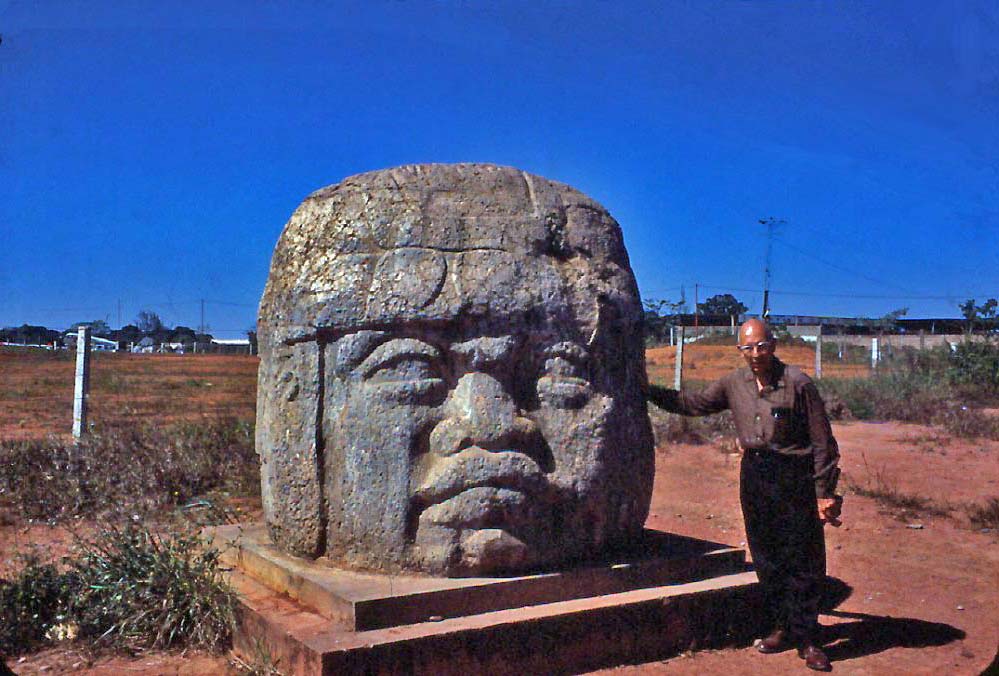 Carptrash, CC BY-SA 3.0, Wikimedia Commons
Carptrash, CC BY-SA 3.0, Wikimedia Commons
The Göbekli Tepe statues
Göbekli Tepe in Turkey challenges archaeologists' beliefs that hunter-gatherers couldn't build megalithic monuments without farming. While mainstream archaeologists see it as a key turning point, some alternative theories propose a mysterious vanished society or alien influence.
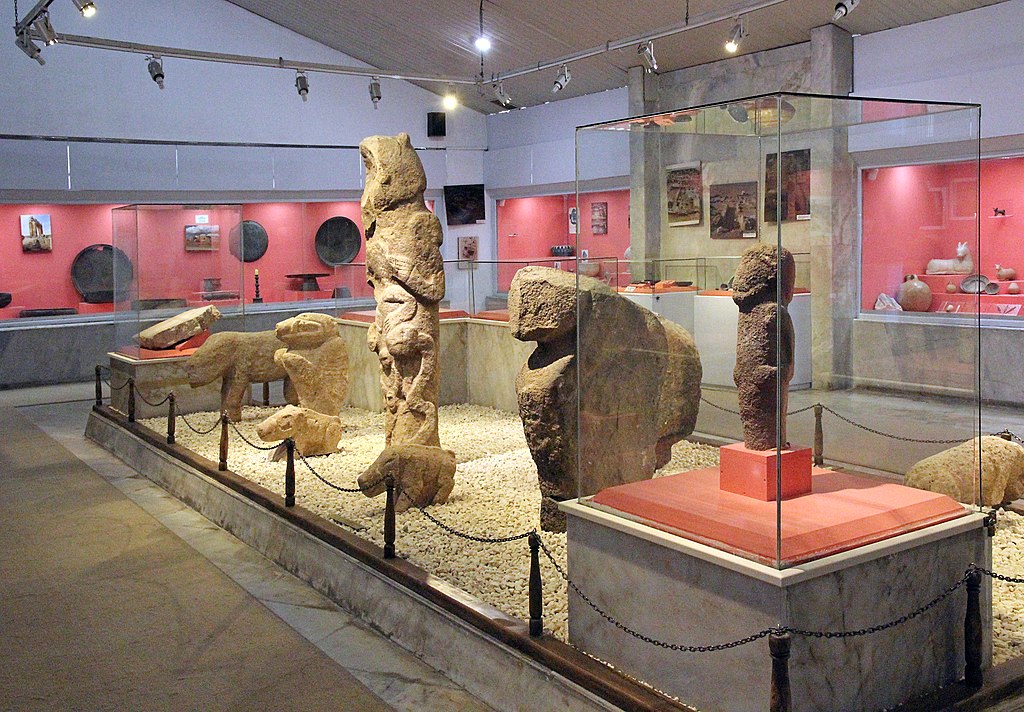 Klaus-Peter Simon, CC BY-SA 3.0, Wikimedia Commons
Klaus-Peter Simon, CC BY-SA 3.0, Wikimedia Commons
The Teotihuacan mystery
Teotihuacan is an ancient Mesoamerican city located 30 miles northeast of modern-day Mexico City. Established around 400 B.C., it became the primary city in the region by 400 A.D. The Aztecs named it Teotihuacan, meaning "the place where the gods were born," after finding it abandoned in the 1400s. Its origins, history, and culture remain largely unknown.
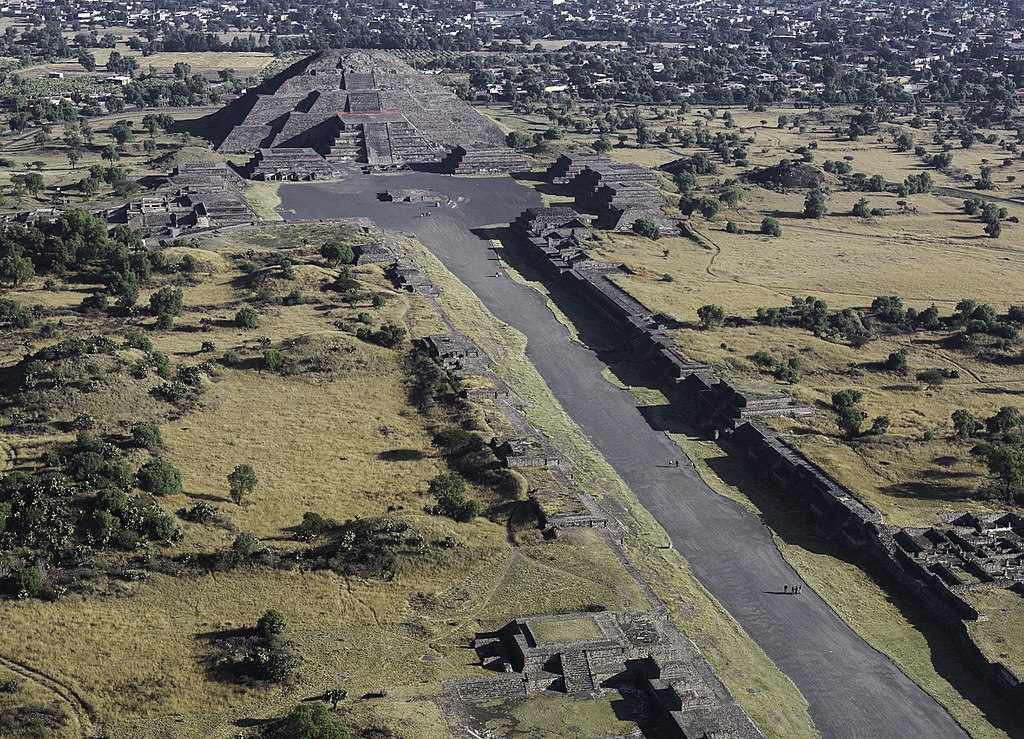 Ricardo David Sánchez, CC BY-SA 3.0, Wikimedia Commons
Ricardo David Sánchez, CC BY-SA 3.0, Wikimedia Commons
The origins of the crystal skulls
The crystal skulls are relics of unknown origin that are made of quartz and are believed to have been crafted by ancient cultures like the Maya. Despite speculation about their mystical powers, there is no scientific evidence confirming their age, leading to theories they are not ancient and were instead crafted in the 1800s.
The Carnac stones
The megaliths of Carnac are over 7,000 years old and represent a significant hub of European prehistory. The stones are arranged in descending lines leading to stone circles, sparking theories of spiritual, lunar or solar worship, or agricultural timekeeping. Legend says they are a Roman army turned to stone, but their real origins are still unknown.
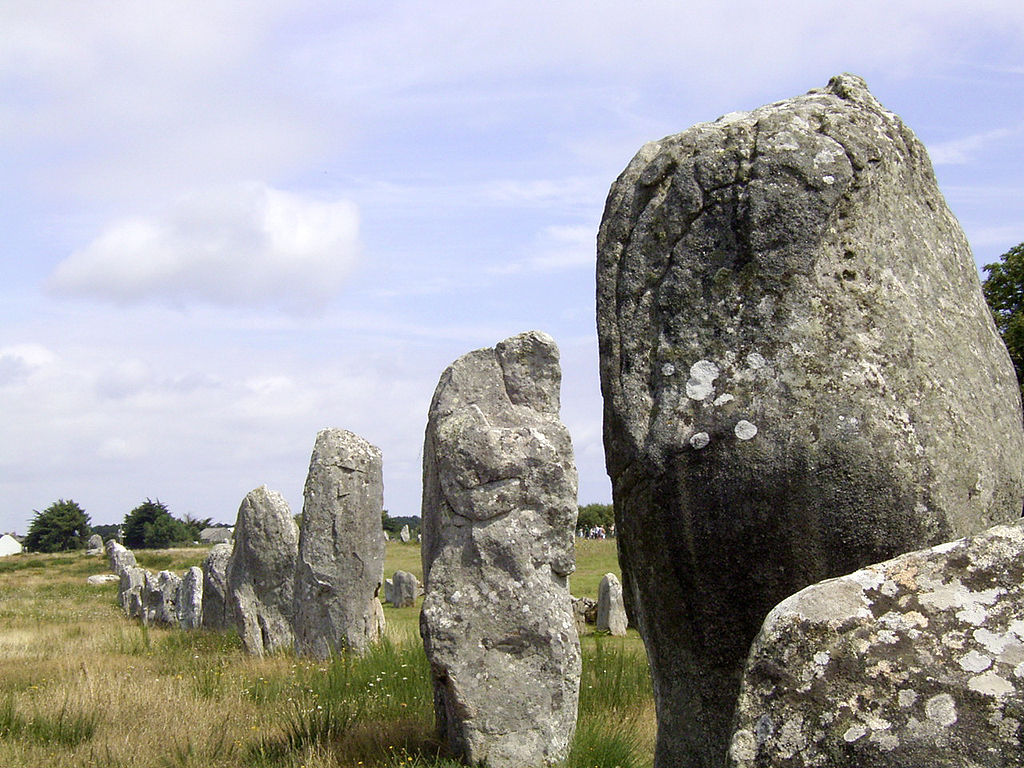 Snjeschok, CC BY-SA 3.0, Wikimedia Commons
Snjeschok, CC BY-SA 3.0, Wikimedia Commons
The underground city of Derinkuyu
Derinkuyu in Turkey is a mysterious underground city with tunnels and chambers capable of housing 20,000 people. The methods and reasons for its construction remain unknown, sparking curiosity about its purpose as a defense bunker against enemies and disasters.
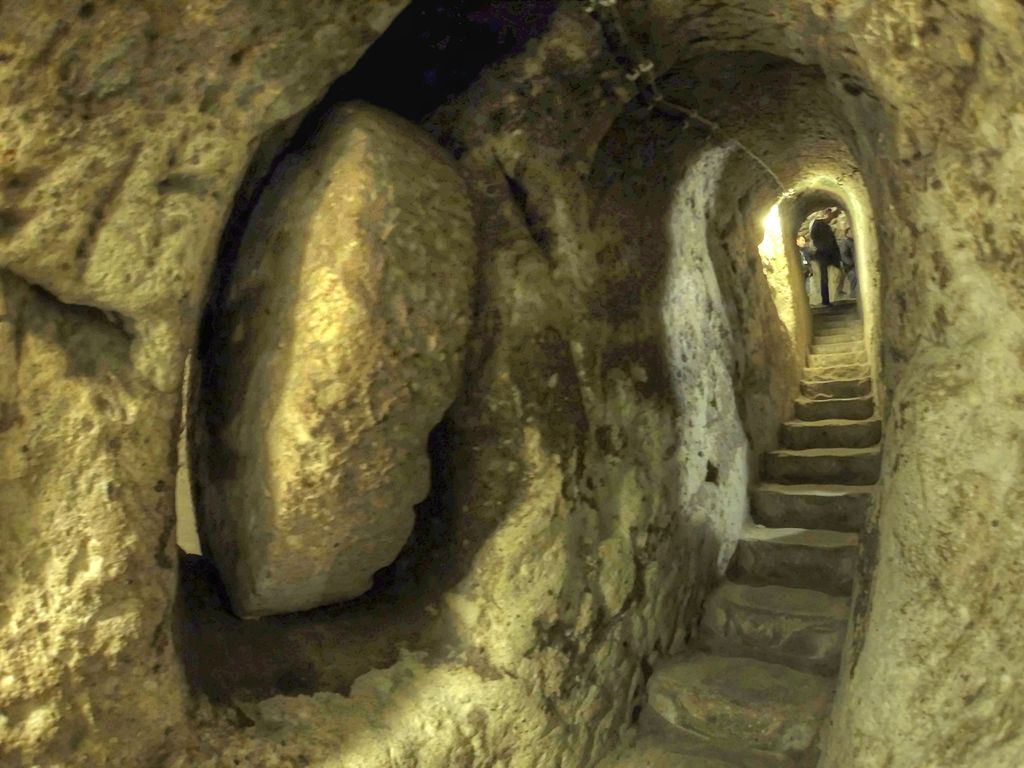 Nevit Dilmen, CC BY-SA 3.0, Wikimedia Commons
Nevit Dilmen, CC BY-SA 3.0, Wikimedia Commons
The legend of Mu
The legend of Mu recounts a lost civilization in the Pacific Ocean that disappeared suddenly. Despite ancient texts found in Mexico, there is no scientific proof, leaving many to view it as a mere legend. The mysterious disappearance of Mu continues to interest many history buffs and researchers today.
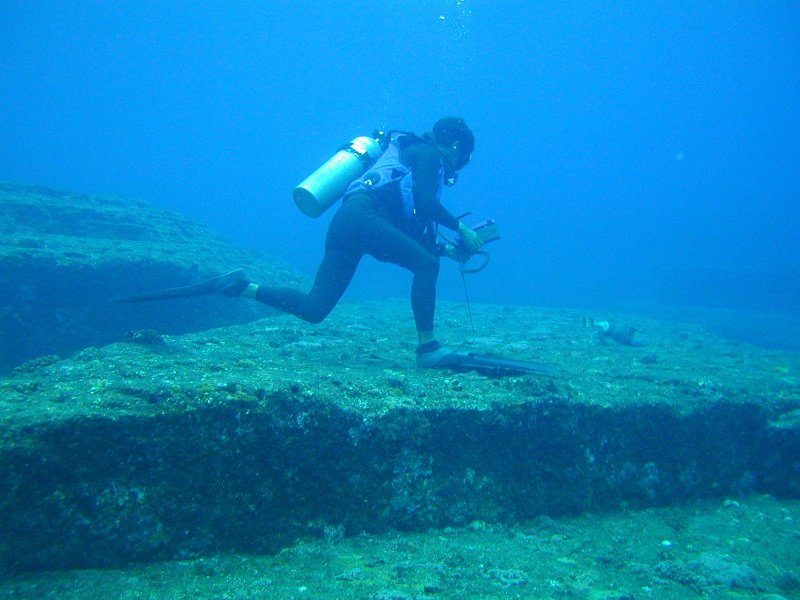 Jpatokal, CC BY-SA 3.0, Wikimedia Commons
Jpatokal, CC BY-SA 3.0, Wikimedia Commons
The submergence of Doggerland
Doggerland was a landmass that connected Britain to Europe prior to being submerged in the North Sea. As sea levels decreased during glacial periods, the land was exposed, and gradual tilting of the land led to its final submersion around 6,500 BCE. Some myths say Doggerland was once home to an advanced ancient civilization, but this has not yet been confirmed.
The megaliths of Malta
The Megalithic Temples of Malta are UNESCO World Heritage Sites that were built between 3,600 BC and 2,500 BC. They are considered the oldest free-standing structures before Göbekli Tepe. The temple-building civilization disappeared thereafter, which lends an air of mystery to these stone structures.
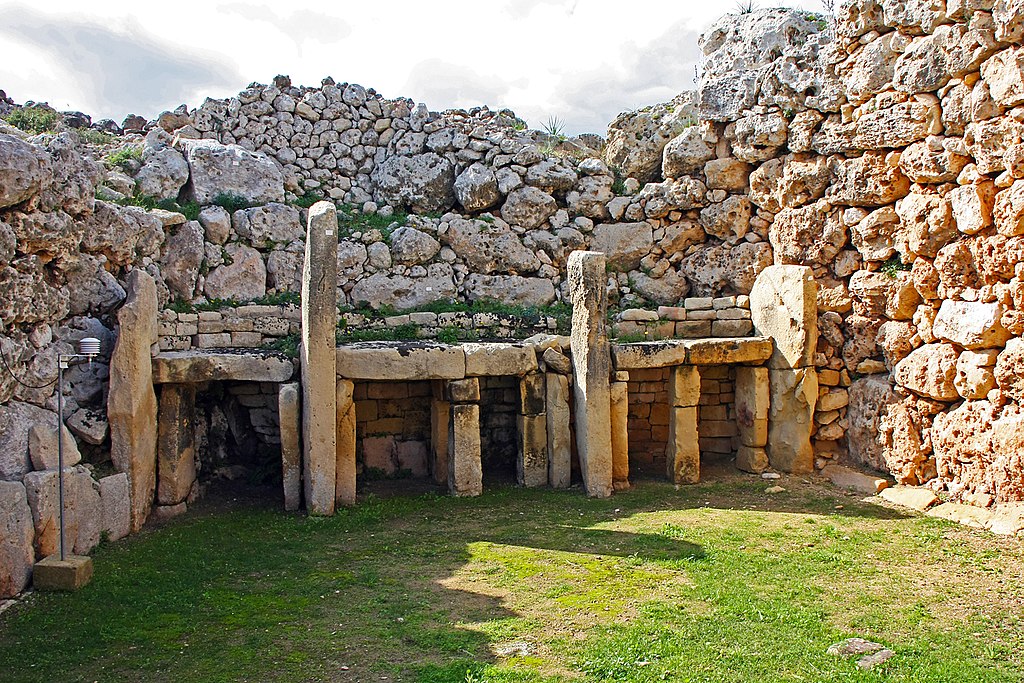 BoneA, CC BY-SA 4.0, Wikimedia Commons
BoneA, CC BY-SA 4.0, Wikimedia Commons
The Sun and Moon pyramids
The Pyramids of the Sun and Moon in Teotihuacan, Mexico, were built by the ancient Teotihuacan people over 2,000 years ago and are among the world's largest pyramids. Their purpose remains unknown, with speculation ranging from religious rituals to astronomical functions.
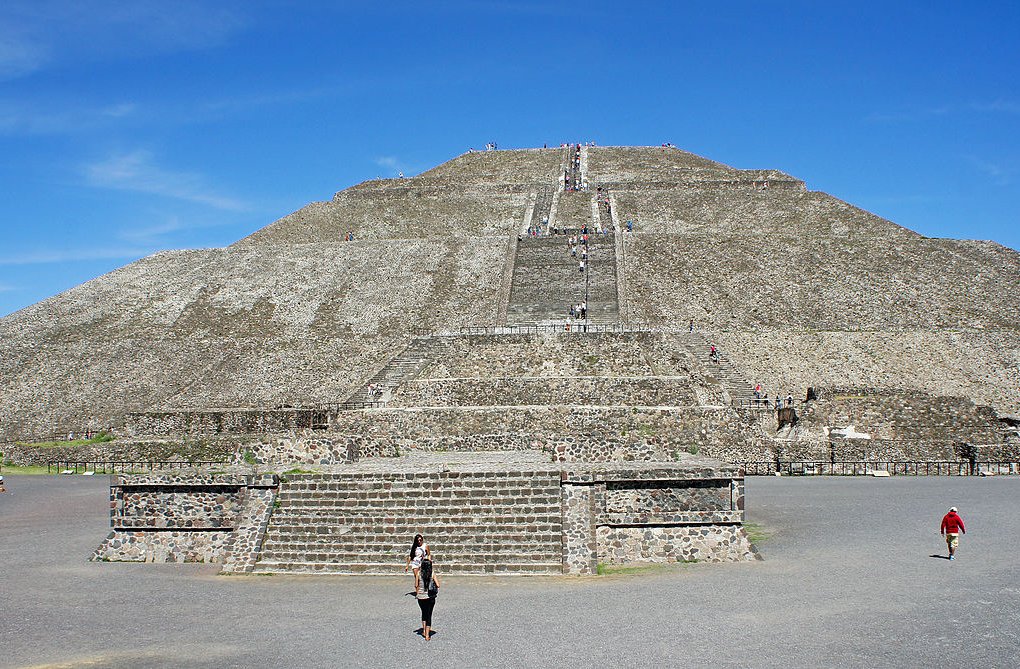 Mariordo, CC BY-SA 4.0, Wikimedia Commons
Mariordo, CC BY-SA 4.0, Wikimedia Commons
The Fountain of Youth
The Fountain of Youth is a legendary font with magical powers to reverse aging. Despite stories dating back centuries and adventurers like Ponce de León searching for it, no genuine fountain has been found.
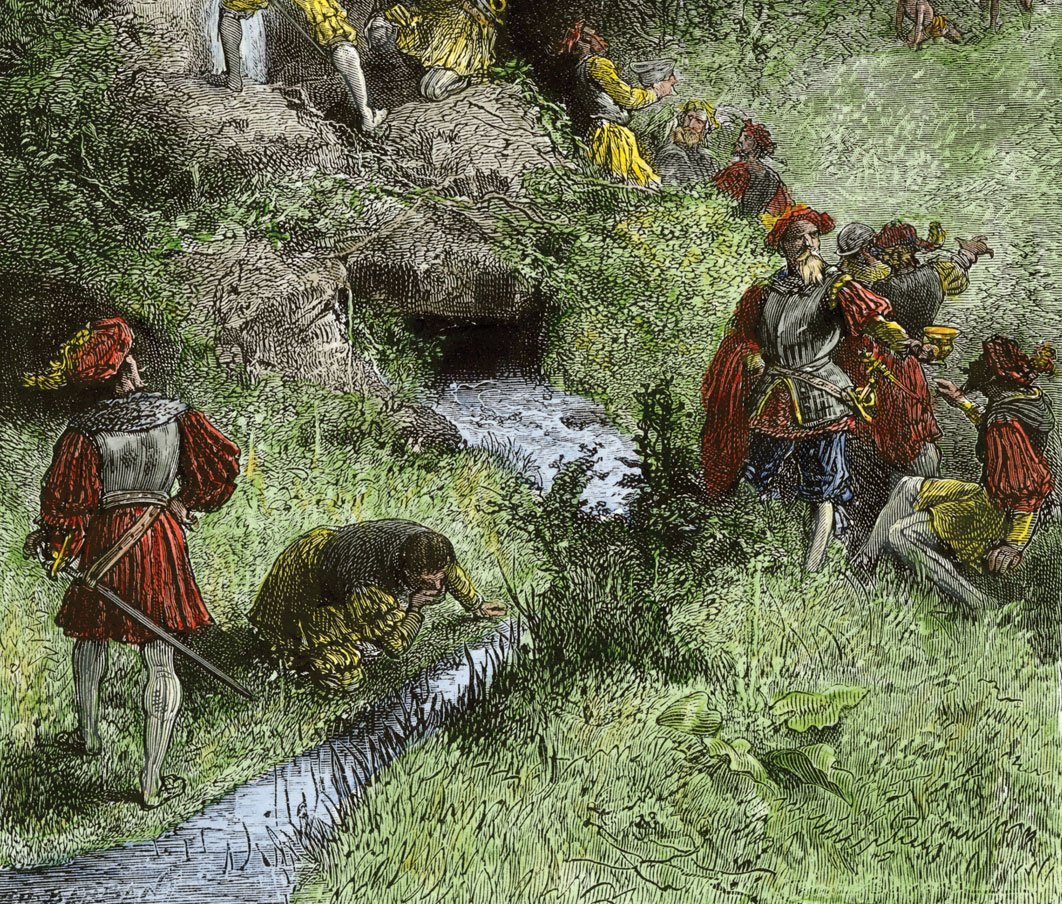 Unknown Author, Wikimedia Commons
Unknown Author, Wikimedia Commons
The Sumerian King List
The Sumerian King List is a puzzling ancient record of monarchs in Mesopotamia. It includes rulers who supposedly reigned for thousands of years, sparking debates among historians about the list's accuracy. The list adds a mysterious element to the already challenging study of Sumerian history and mythology.
 M.atkinsonross, CC BY-SA 4.0, Wikimedia Commons
M.atkinsonross, CC BY-SA 4.0, Wikimedia Commons
The Stone Spheres of Costa Rica
The Stone Spheres in Costa Rica are mysterious, perfectly spherical stones found in jungles and rivers. Ranging from small to over two meters, their purpose and methods of creation remain unknown. Current theories say they were used for ceremonial, social, or astronomical use.
 Axxis10, CC BY-SA 3.0, Wikimedia Commons
Axxis10, CC BY-SA 3.0, Wikimedia Commons
The Shangri-La myth
Shangri-La is a legendary hidden paradise depicted in James Hilton's Lost Horizon. The serene and remote valley in the Himalayas is said to offer long, happy lives. Its existence remains unproven, with theories linking it to Tibet or the Himalayas.
 Felix Filnkoessl, CC BY-SA 2.0, Wikimedia Commons
Felix Filnkoessl, CC BY-SA 2.0, Wikimedia Commons
The lost city of Ubar
Ubar, known as the "Atlantis of the Sands," was a prosperous trading center in Oman's Empty Quarter desert that disappeared mysteriously. In 1992, satellite images revealed its buried remains. This city's mysterious vanishing continues to intrigue researchers, highlighting its significance in Arabian history.
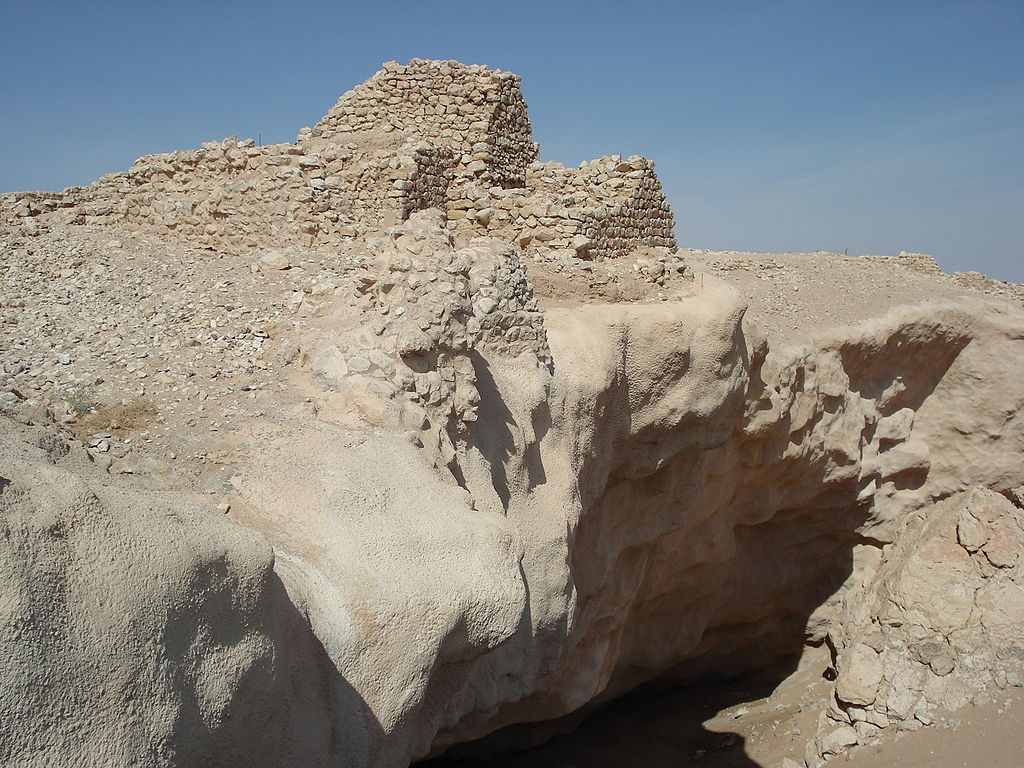 9591353082, CC BY-SA 3.0, Wikimedia Commons
9591353082, CC BY-SA 3.0, Wikimedia Commons
The Nasca aqueducts
Ancient Nasca aqueducts in Peru, known as puquios, were built by the Nasca people over 1,500 years ago to bring water from underground to irrigate the dry Nasca region. The technology and engineering involved in creating these subterranean pathways continue to baffle archaeologists and historians.
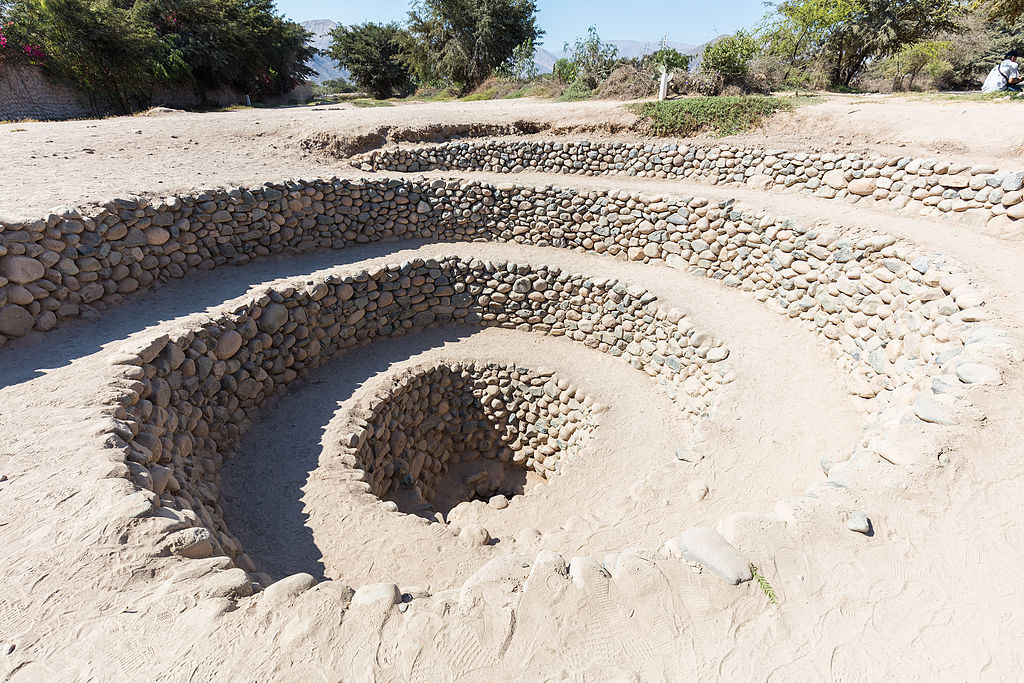 Diego Delso, CC BY-SA 4.0, Wikimedia Commons
Diego Delso, CC BY-SA 4.0, Wikimedia Commons
The myth of the Sumerian flood
The Sumerian flood is depicted in ancient Mesopotamian literature like the Epic of Gilgamesh. For years, it has remained simply a myth—but similar flood stories exist in various ancient civilizations globally, leading to debate among archaeologists and historians about their origins.
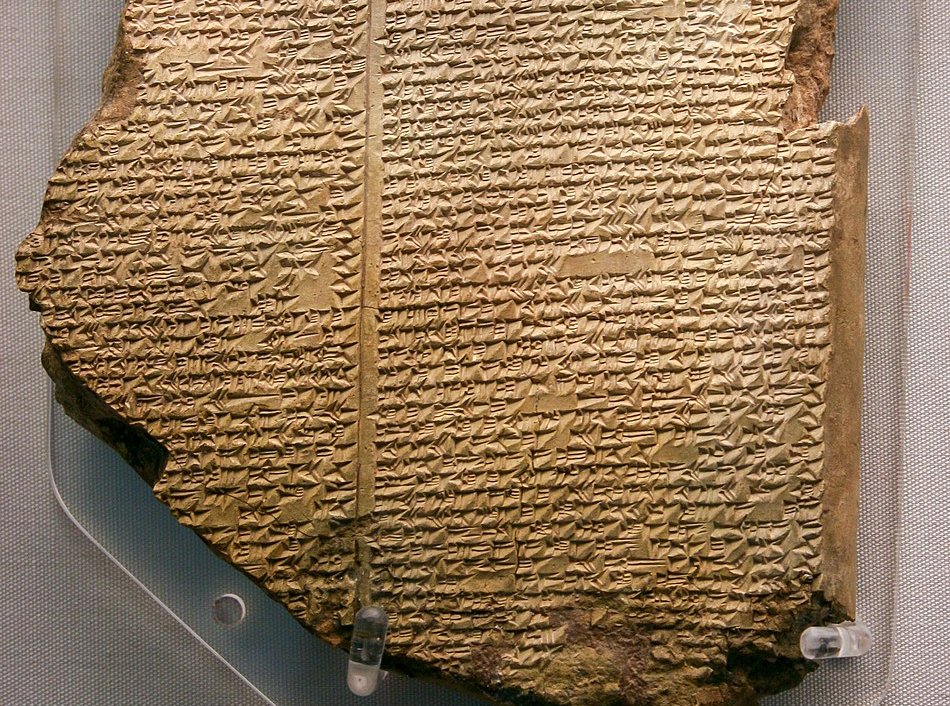 Mike Peel, CC BY-SA 4.0, Wikimedia Commons
Mike Peel, CC BY-SA 4.0, Wikimedia Commons
The underground city of Kaymakli
Kaymakli in Turkey is a vast underground city with tunnels and rooms carved deep into the earth. Built by the Hittites and enlarged by early Christians, it served as a refuge during conflicts, accommodating a large population. Its purpose and construction methods are subjects of study today.
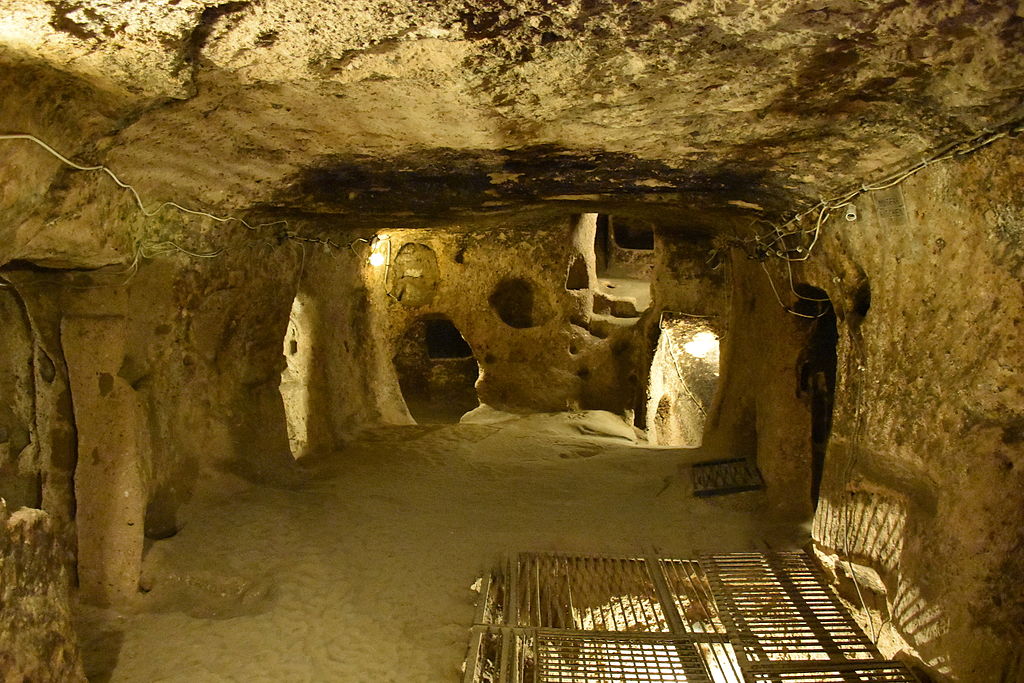 MusikAnimal, CC BY-SA 4.0, Wikimedia Commons
MusikAnimal, CC BY-SA 4.0, Wikimedia Commons
The Plain of Jars in Laos
The Plain of Jars in Laos is shrouded in mystery due to the ancient stone jars found scattered across the area. Some jars weigh tons and stand over three meters tall, dating back over 2,000 years. The purpose of these jars, believed to be for burial rituals or storage, remains unclear.
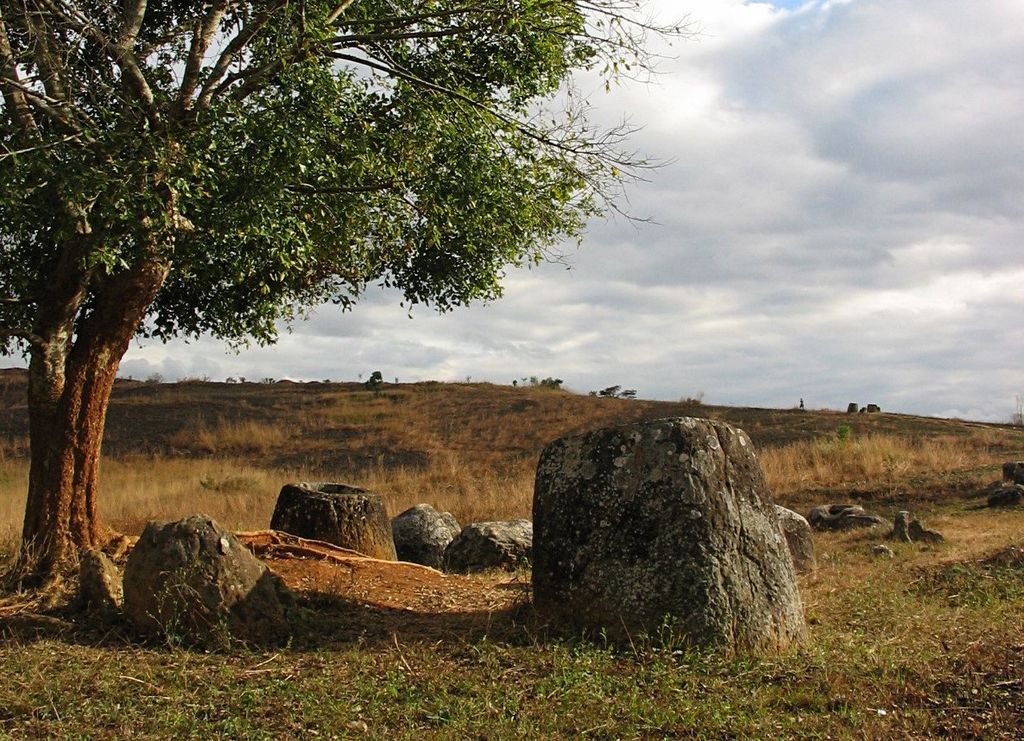 Oliver Spalt, Wikimedia Commons
Oliver Spalt, Wikimedia Commons
The city of Mohenjo-daro
Mohenjo-daro, a key city of the ancient Indus Valley Civilization in present-day Pakistan, was built around 4,500 years ago. It was one of the largest cities of its time, with advanced city planning, brick-paved streets, and sophisticated drainage systems. Despite its impressive infrastructure, many aspects of its society, including politics and religion, remain undiscovered.
 Saqib Qayyum, CC BY-SA 3.0, Wikimedia Commons
Saqib Qayyum, CC BY-SA 3.0, Wikimedia Commons
The Roman dodecahedrons
The purpose of the Roman dodecahedrons is still a mystery. These small objects with twelve flat surfaces and a center hole date back to the Roman Empire. They are found in various European regions, with theories suggesting they were used for measuring, as candle holders, or in religious ceremonies. Despite speculation, their true function remains unknown.
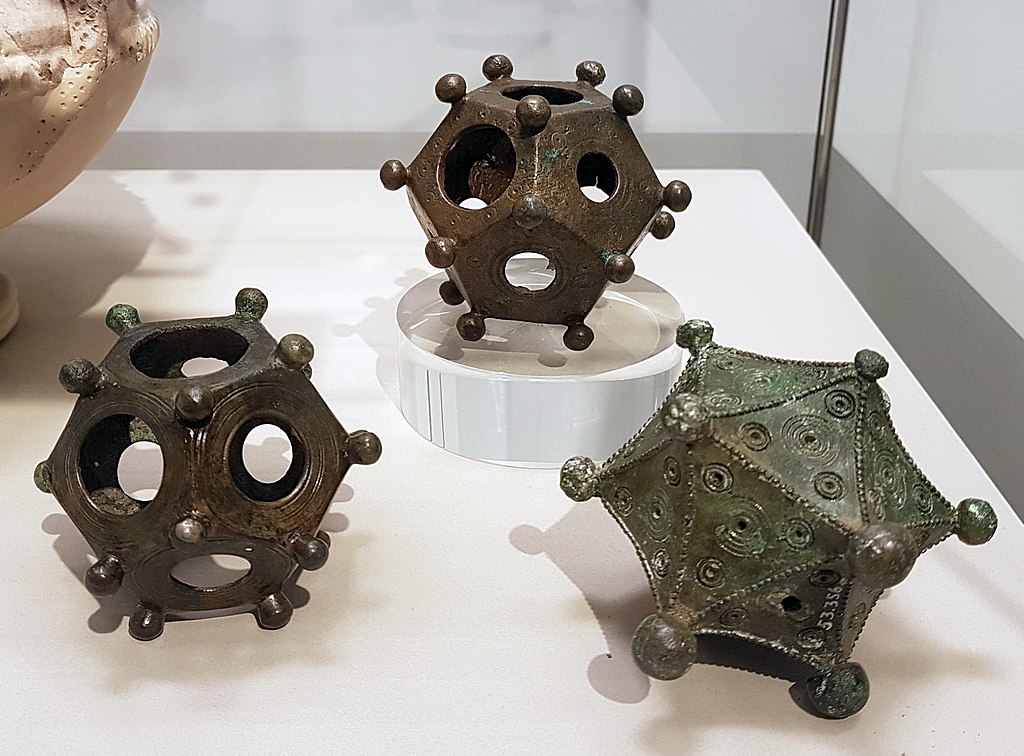 Kleon3, CC BY-SA 4.0, Wikimedia Commons
Kleon3, CC BY-SA 4.0, Wikimedia Commons
The Sanxingdui Bronzes
The Sanxingdui Bronzes are mysterious artifacts from an ancient Chinese civilization that were unearthed in Sichuan province. Dating over 3,000 years old, these unique statues and masks made of bronze feature exaggerated features. The creators, culture, and reasons for making these distinctive items remain largely unknown.
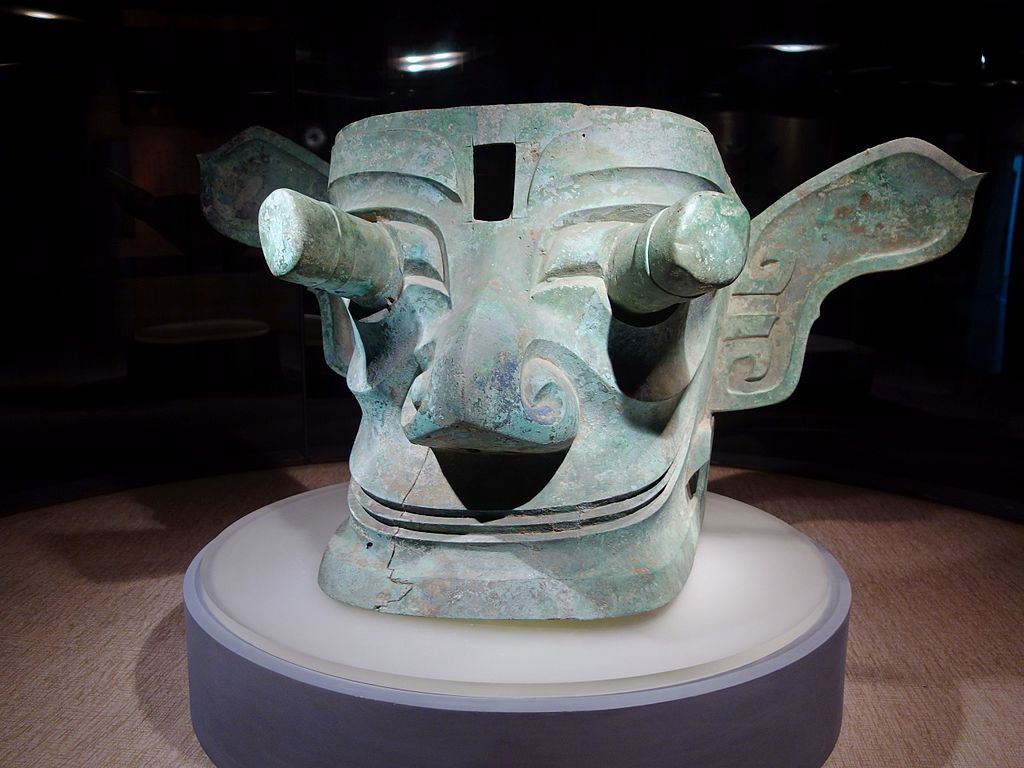 Tyg728, CC BY-SA 4.0, Wikimedia Commons
Tyg728, CC BY-SA 4.0, Wikimedia Commons
The Saqqara Bird
The Saqqara Bird is an ancient Egyptian artifact found in Saqqara, Egypt, over 2,000 years old. Resembling a miniature wooden bird, it bears a striking resemblance to a modern aircraft. Its purpose remains unknown, with theories ranging from it being a toy or weather vane to possibly indicating the ancient Egyptians' knowledge of aerodynamics.
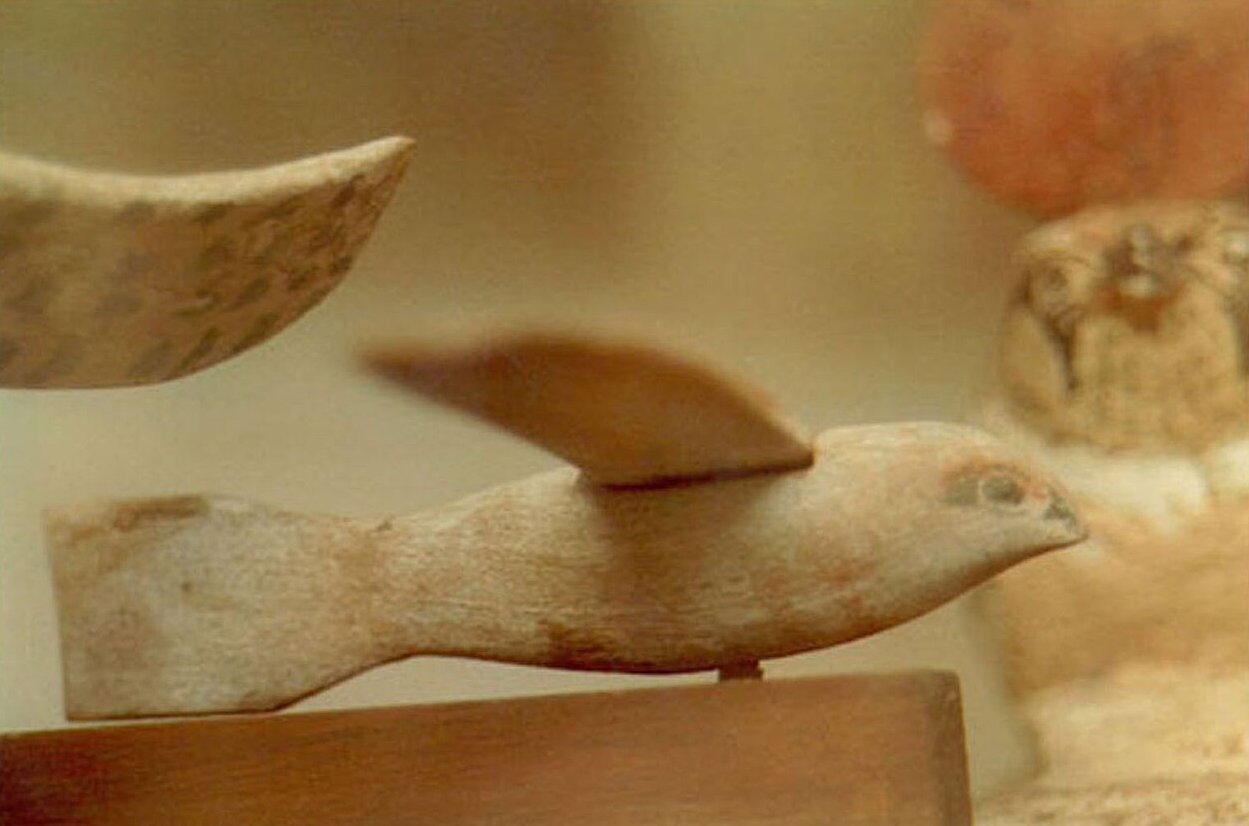 Dawoudk, CC BY-SA 3.0, Wikimedia Commons
Dawoudk, CC BY-SA 3.0, Wikimedia Commons
The Baghdad Battery
The Baghdad Battery was discovered in Iraq 2,000 years ago. It’s a clay vessel with a copper tube and iron rod that may have been used for generating electricity, possibly for electroplating. Some experts, however, think it was just a storage container.
The Shroud of Turin
The Shroud of Turin is a cloth believed by some to have covered Jesus Christ's body after his death, displaying an image resembling his wounds from crucifixion. Researchers have been unable to reach a consensus on its age or how the image was created; though some tests suggest it is around 700 years old. In 1988, labs in Arizona, Cambridge, and Zurich used radiocarbon dating to find out how old a sample from the Shroud of Turin was. They said with 95% certainty that the cloth was made somewhere between the years 1260 and 1390.
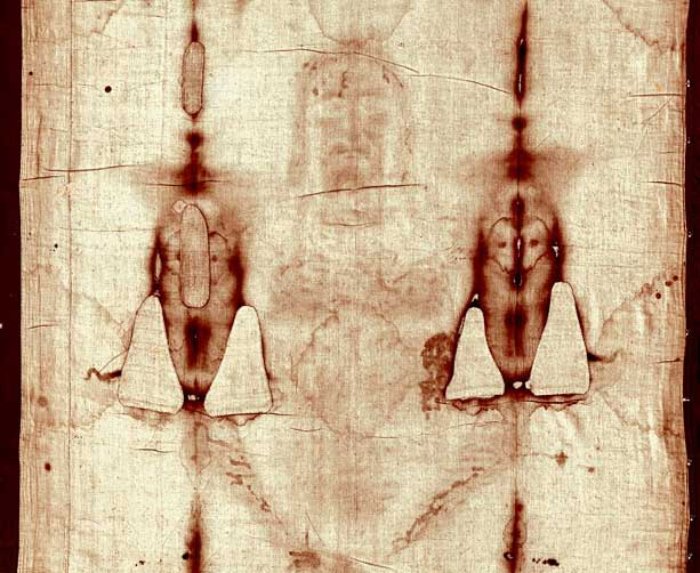 Unknown Author, Wikimedia Commons
Unknown Author, Wikimedia Commons


